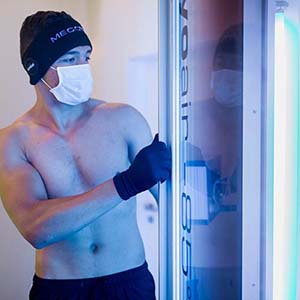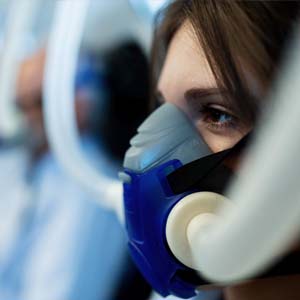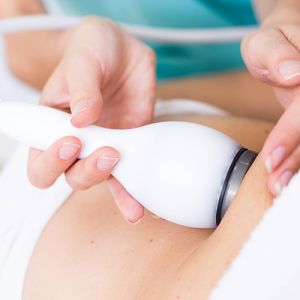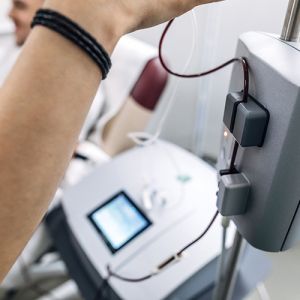Fibromyalgia Symptoms Females
Fibromyalgia Symptoms Females
Chronic fibromyalgia is characterised by widespread pain, discomfort, and exhaustion throughout the body. Both sexes are affected by the disorder, however, women are much more prone to develop fibromyalgia. According to the NHS, between 80 and 90 percent of those who receive a diagnosis are women.
Because they may explain fibromyalgia symptoms differently than women, men can get the wrong diagnosis. Compared to men, women frequently experience more severe pain. This could be caused by hormones, immune system variations, or genetics.
The reason why women are more likely than males to acquire fibromyalgia is still a mystery to researchers. The only method to test for it is to eliminate any other potential causes.
Continue reading to discover how various fibromyalgia symptoms might manifest in women.
more intense menstruation pain
Depending on the woman, menstrual cramps can be light or severe. According to a National Fibromyalgia Association survey, fibromyalgia patients experience more painful periods than usual. Occasionally, the discomfort varies according to the woman’s menstrual cycle.
Additionally, most fibromyalgia sufferers are females between the ages of 40 and 55. Women who have experienced menopause or are postmenopausal may experience worsening fibromyalgia symptoms.
In women with fibromyalgia, menopause may worsen symptoms of:
- Crankiness
- Soreness
- Achiness
- Anxiety
After menopause, your body generates 40% less oestrogen. Serotonin regulates pain and mood, and oestrogen plays a major role in this process. Some fibromyalgia symptoms may resemble perimenopausal, or “around menopausal,” symptoms. These signs consist of:
- Pain
- Tenderness
- Lack of quality sleep
- Fibro fog. Experience of memory loss or thought processes
- Depression
Some fibromyalgia patients also have endometriosis. Other areas of the pelvis in this condition develop cells that resemble those that border the uterus. Additionally, fibromyalgia might make endometriosis symptoms worse. If these symptoms don’t go away after menopause, consult a doctor.
pain and tender points
A deep or dull ache that originates in the muscles and spreads to other areas of the body is a common description of the pain associated with fibromyalgia. Some women also experience pins and needles.
All of your body can be painful, including the upper and lower areas, on both sides, in order to receive a fibromyalgia diagnosis. The discomfort could come and go. On certain days, it could be worse than on others. It could be challenging to arrange everyday activities as a result.
Fibromyalgia pain is felt differently by men and women. Both claim to have gone through periods of excruciating discomfort. However, altogether, males typically report less severe pain than women do. Women report more “all-over discomfort” and pain that lasts longer. Because oestrogen lowers pain tolerance, fibromyalgia pain is frequently more severe in female patients.
Fibromyalgia also produces painful areas, known as tender points in addition to generalised pain. These are particular bodily parts, typically close to your joints, that cause pain when touched or pressed against. There are 18 potential vulnerable areas, according to researchers. Women report at least two more tender points than men do on average. Additionally, women are more sensitive to these tender points. Pain could be felt in any or all of the following areas:
- Back of the head
- Between the shoulders
- Front of the neck
- Top of the chest
- Outside of the elbows
- Top and sides of the hips
- Insides of the knees
Also possible are tender areas near the pelvic region. Chronic pelvic pain and dysfunction (CPPD) are pain episodes that continue longer than six months. They may begin in the back and radiate down the thighs.
and bladder pain in women
Irritable bowel syndrome (IBS) and bladder troubles are two other CPPD-related conditions that might get worse as a result of fibromyalgia symptoms in females. According to research, those who suffer from fibromyalgia and IBS are more likely to develop interstitial cystitis, often known as painful bladder syndrome (PBS). About 32% of those with IBS also have PBS. According to studies, women are more likely to experience IBS. IBS affects between 12 and 24 percent of women, compared to approximately 5 to 9 percent of men.
PBS and IBS can both result in:
- Pain or cramps in the lower abdomen
- Pain during intercourse
- Pain during urination
- Pressure on the bladder
- Increased need to pee, at all times of the day
Although the precise connection is uncertain, research suggests that fibromyalgia symptoms in females and PBS share causes.
and depressive symptoms
Research into the prevalence of depression in fibromyalgia patients, including both men and women, was published in the Oxford University Press. Researchers discovered that the disease considerably increased the levels of depression reported by women compared to males.
Your fibromyalgia may be accompanied by other conditions that keep you up at night. These include sleep apnea and restless legs syndrome. Fatigue and despair are two emotions that can be exacerbated by sleep deprivation. Even after a full night’s sleep, you could feel exhausted and find it difficult to concentrate during the day. Your sensitivity to pain may also rise if you get too little sleep.
men and women experience
Other typical fibromyalgia signs and symptoms include:
- Sensitivity to sudden decreases in temperature, loud noises, and intense light
- Fibro fog, problems concentrating and remembering things
- Headaches, such as migraines, which are accompanied by nausea and vomiting
- Restless legs syndrome causes you to wake up from sleep with a creepy, crawly sensation in your legs.
- Jaw ache
If your symptoms affect your well-being or coexist with other fibromyalgia symptoms, consult your doctor. Fibromyalgia cannot be diagnosed with a single exam. The signs and symptoms may resemble those of other conditions, like rheumatoid arthritis (RA). However, fibromyalgia doesn’t lead to inflammation as RA does.
To rule out other problems, your doctor will perform a physical exam and request a number of tests.
Exactly how is fibromyalgia diagnosed?
Although illness doesn’t pose a life-threatening risk, fibromyalgia can lower your quality of life. Fibromyalgia can progress more slowly with early therapy.
Fibromyalgia cannot be cured, but it is treatable. You can still control your discomfort and lead an active, healthy life.
Conventional medicine like over-the-counter (OTC) painkillers including paracetamol, ibuprofen, and naproxen sodium help some patients manage their pain. If over-the-counter treatments don’t help, your doctor may prescribe particular prescriptions to lessen pain and fatigue.
Pure Medical provide world-leading alternative treatments for women suffering from fibromyalgia symptoms including:
treatment modalities to treat the symptoms and ease chronic fibromyalgia pain.










